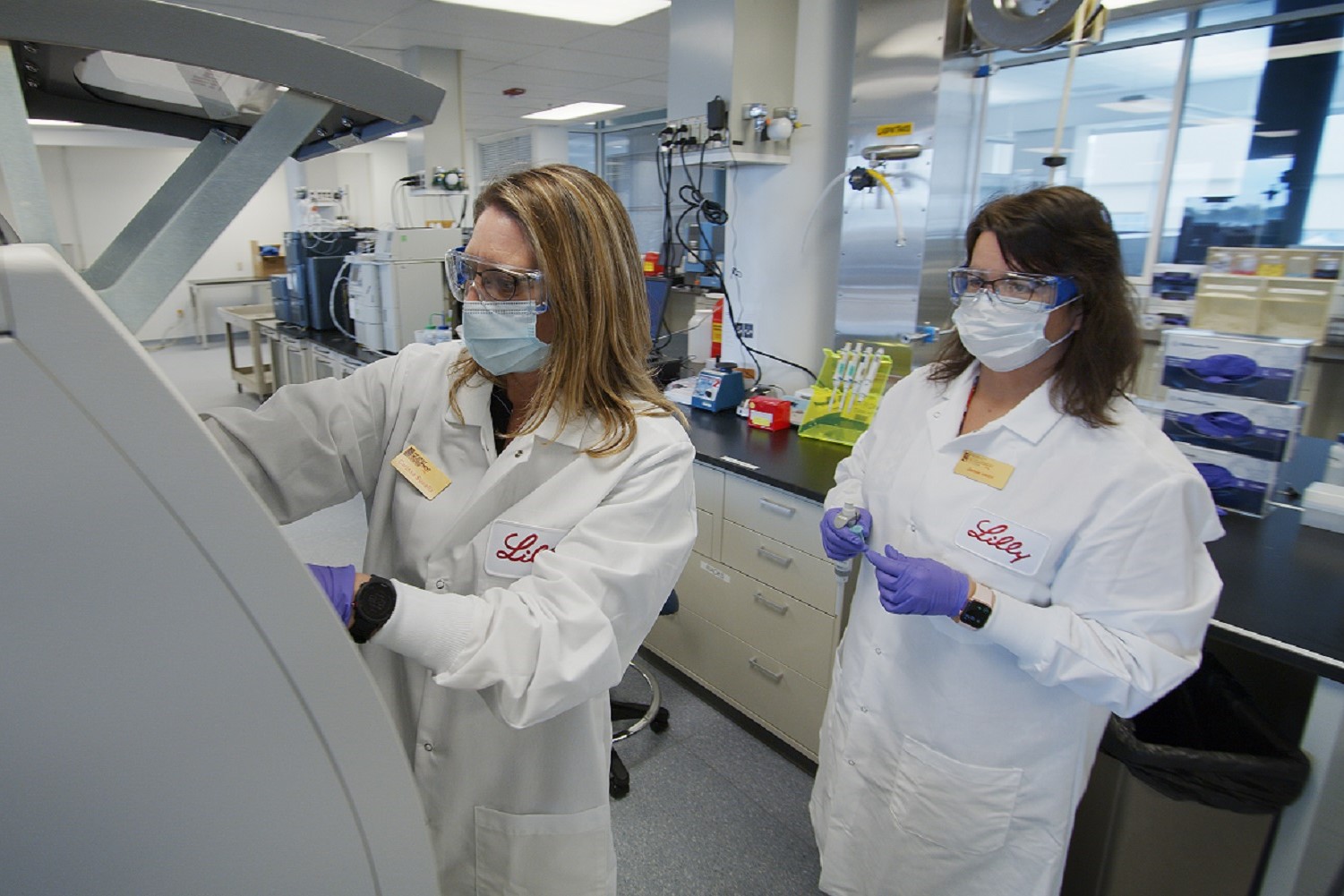Perry Hystad, a 33- year-old epidemiologist at Oregon State University might be new to the game in his field, specifically exploring climate change’s affect on health, but he’s making big strides thus far.
This fall, Hystad was selected as one of 17 winners of an Early Independence Award by the National Institutes of Health, which makes him the first OSU researcher to win the honor since it was established in 2011. The award includes $250,000 a year in research funding for up to five years, according to Statesman Journal.
Hystad is going to use the money to take a closer look at the global impact of air pollution. Right now, pollution kills 3.2 million people a year.

With the Rise of AI, What IP Disputes in Healthcare Are Likely to Emerge?
Munck Wilson Mandala Partner Greg Howison shared his perspective on some of the legal ramifications around AI, IP, connected devices and the data they generate, in response to emailed questions.
“When people first look at this they say, ‘This can’t be real — the numbers are too high,'” he said. “But that’s because this is something everybody is exposed to.”
In the U.S. the numbers correlated with health effects from air pollution have reduced, but his research will focus on India and China.
He’ll do that by joining the Prospective Urban and Rural Epidemiology Study. Launched in 2009 by a pair of researchers at McMaster University in Ontario, Canada, the PURE Study is the largest project of its kind in the world, with some 200,000 participants in 21 countries.
Each person enrolled in the study fills out a detailed questionnaire and undergoes a medical examination. Participants represent a cross-section of urban and rural residents of varying income levels from places as diverse as Canada and Colombia, Bangladesh and Brazil, Sweden and Zimbabwe.
Participants representing both community and national-level data will be tracked over a 12-year period. Researchers will be looking at how chronic health conditions like cardiovascular disease, diabetes and cancer are affected by the social, biological and environmental risk factors in play.
Hystad’s NIH funding will help pay for things like pollution monitoring equipment and research assistants. He’ll be looking at how both outdoor air pollution (from vehicle exhaust and industrial emissions) and indoor air pollution (from cooking and heating with coal, wood and other dirty fuels) contribute to serious health conditions among the study participants, such as heart attack, stroke, congestive heart failure and chronic obstructive pulmonary disease.
“We’re going to be able to look at disease impacts related to really high levels of air pollution in India and China,” he said. “If you look at the contributors to the global burden of disease, those two are right at the top.”
Ideally, this work could make a difference in the decisions policymakers put into place in response to the pollution issue internationally.
“We can’t be looking at it on a region-by-region basis,” he said. “It’s really a global issue, and this is going to be the first study that’s going to look at the impacts of air pollution on a global basis.”
[Photo from flickr user hapal]














